Continental Drift
advertisement
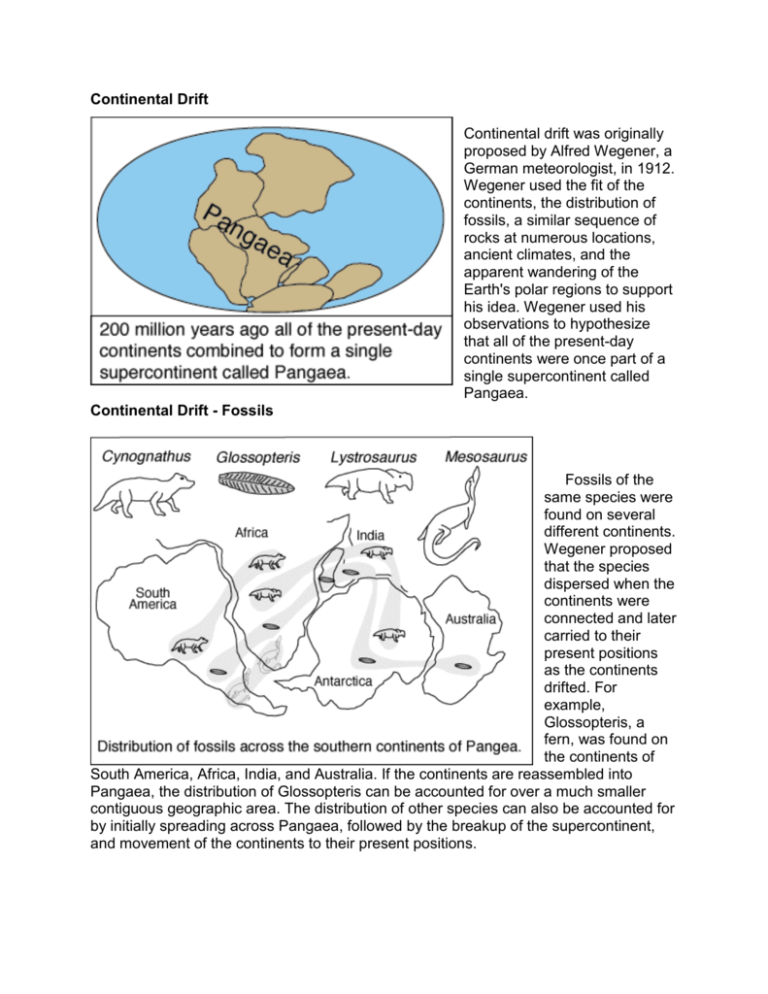
Continental Drift Continental drift was originally proposed by Alfred Wegener, a German meteorologist, in 1912. Wegener used the fit of the continents, the distribution of fossils, a similar sequence of rocks at numerous locations, ancient climates, and the apparent wandering of the Earth's polar regions to support his idea. Wegener used his observations to hypothesize that all of the present-day continents were once part of a single supercontinent called Pangaea. Continental Drift - Fossils Fossils of the same species were found on several different continents. Wegener proposed that the species dispersed when the continents were connected and later carried to their present positions as the continents drifted. For example, Glossopteris, a fern, was found on the continents of South America, Africa, India, and Australia. If the continents are reassembled into Pangaea, the distribution of Glossopteris can be accounted for over a much smaller contiguous geographic area. The distribution of other species can also be accounted for by initially spreading across Pangaea, followed by the breakup of the supercontinent, and movement of the continents to their present positions.



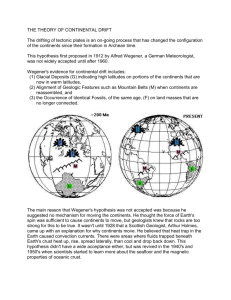

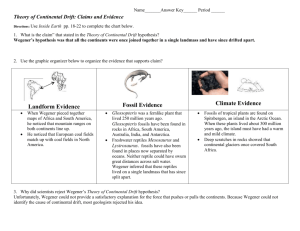

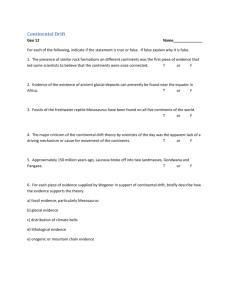

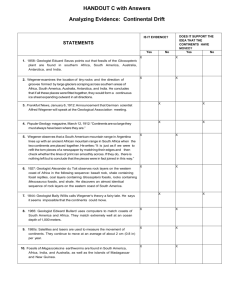
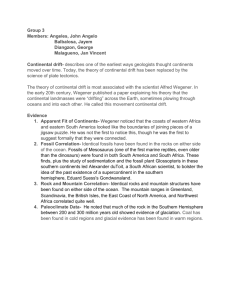



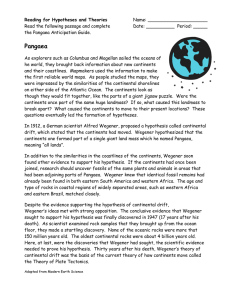


![[Template]- Analyzing Evidence - Continental Drift](http://s2.studylib.net/store/data/025978956_1-86a69916b946ff12ac8059955c03f9b6-300x300.png)



